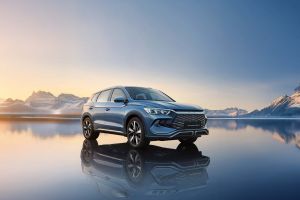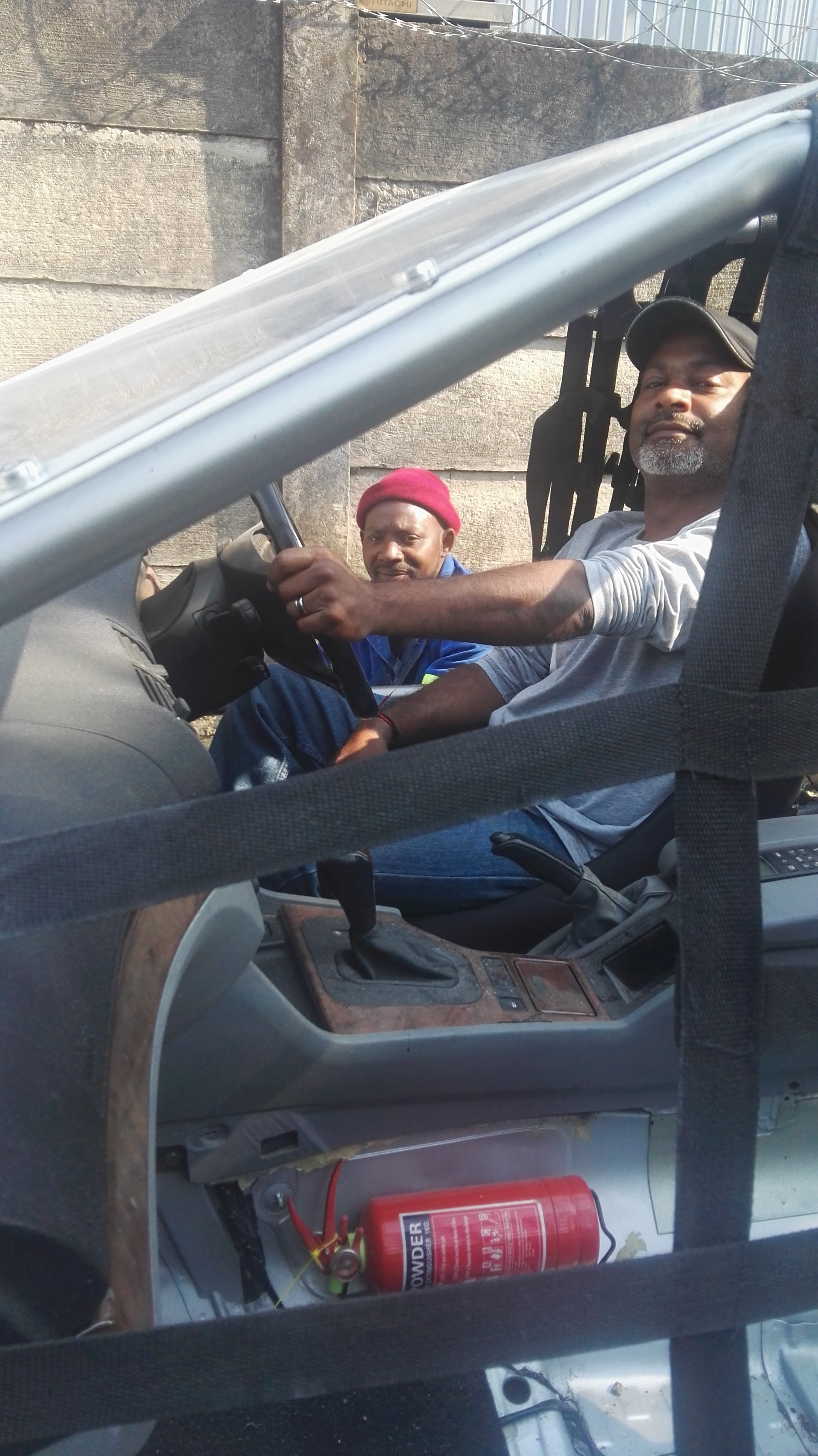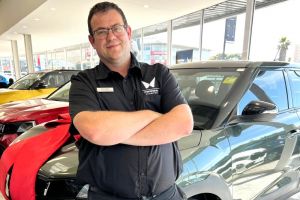
BYD brings affordable PHEV SUV to the market
BYD has added another model to its line-up in South Africa. This time it is the Sealion 5, which slots in below the larger Sealine 6, which is also available locally.
- Product News
- 15 December 2025
What two traits do tractor salesmen, truck dealers and purveyors of premium sports cars have in common? They all still sell in old-fashioned horsepower… and few of them know what horse they are talking about.

Dealerfloor spoke to three experts to get answers from the horses’ mouths, so to speak, as to why they don’t count their power in ponies, but in watts and newtons.
What they didn’t teach at school
Horsepower is an arbitrary metric that Scottish inventor, James Watt, and his business partner, Matthew Boulton, came up with as a marketing ploy to sell more steam engines to farmers in the 1780s.
Back then, farmers knew horses, not engines, and Watt thought they would relate better to his machines if he could compare the power of compressed steam to that of a team of horses. After observing a few ponies at work, he literally thumb sucked their peak work rate and multiplied this number to apply to larger horses.
Watt and Boulton’s marketing metric was totally arbitrary, but the image of a team of invisible but gleamingly powerful horses harnessed to the vehicle is so seductive that tractor, truck and Italian sports cars sellers still use it to sell today — and they all need to learn their newtons, according to our experts.
Too many flavours
Desmond ‘Dizzy’ Govenden, owner of DY Performance in KZN, says his biggest problem with using horsepower as a reference is that there are too many flavours.
Wikipedia lists eight formulas to determine horsepower in use by engineers and tax authorities; four places in an engine to measure different outputs and eight different engine power test standards, with several sub-categories.
The one most used in South Africa, brake horsepower (bhp), for example, has gross bhp, net bhp and certified bhp, depending on how the measuring was done.
British and American engineers nowadays use the metric brake horsepower, (although imperial horsepower is far from dead) but their Bbhp differs from Germany’s pferdestarke (PS); Italy’s cavallo vapore (CV) and France’s chevaux vapeur (CV). On top of this, the French CV is not the same as the Italian CV, because like RAC bhp, CV does not refer to the any actual power output but taxable horsepower, which differs from government to government.
To add to the confusion, when Japanese car makers list horsepower numbers instead of using one of their three JIS power codes, they are as likely to use Pf as they are to choose the French CV — in either metric or imperial units.
By comparison, Govenden just measures the output of the vehicles he has tuned on the wheels via a dynamometer to get the engine’s actual torque on the road (Nm) and the engine’s peak work rate kW.

Go with Messrs Watt and Newton
Lunga Sibiya, auto electrician and truck brake specialist in the KwaZulu-Natal Midlands, says his problem with horsepower is that it tells you very little about an engine. By comparison, the watts tell you how “fit” an engine is, while the newtons show the size of the same engine’s muscles, enabling buyers to match a vehicle to their needs.
Think of the engine as a person lifting weights. Lots of kilo-watts show you the person can do many fast repetitions without tearing a muscle (or in the engine’s case, popping a con-rod). Examples of vehicles that use high-revving kilo-watts are sports cars and motorbikes.
The newton metres, on the other hand, tell you how strong the athlete’s muscles are. Bigger muscles mean heavier weights. Trucks and bakkies that pull heavy trailers use lots of newtons. For workhorse, diesel bakkies, a 2.5 turbo diesel must these days deliver at least 300 newtons if its owner wants to rub shoulders with the big boys at the bar, while the premium bakkies all boast 400 or more newtons.
Match power needs to budgets
Jens Denks, an ICE-turned EV mechanic (that’s Internal Combustion Engines and Electric Vehicles) in Windhoek, reckons many customers still believe they need a 2-litre, not realising that a 2020 Ford Fiesta 1-litre delivers 74 kW and 170 Nm, with six gear ratios and a third gear so long it acts like an automatic in city traffic. For comparison, a 1976 Ford Cortina 2-litre delivered 75 kW and 153 Nm, with only four forward gears.
Denks says these figures are typical of engine advances in all brands and underline why European and Indian drivers prefer smaller cars. The sales figures for the entry-level Datsun Go, Renault Kwid and Suzuki Espresso in South Africa show new car buyers are also moving away from the American mantra of “no replacement for displacement” to choose a car with the lowest possible running costs.
Denks says he feels he serves his customers best when he can perfectly match their transport needs and budgets with the right engine output that will burn the least fuel.

Geely Auto South Africa is preparing to take its rightful place in the local automotive market, with 33 dealerships already operating within a month after the Chinese auto giant’s return to the country.

Zweli Sibiya, Dealer Principal of Hyundai Benoni, is a man who rose from humble beginnings to lead one of the top-performing dealerships.

SCW Group’s multi-franchise set-up in Milnerton in the Western Cape now also boasts a brand-new Mahindra dealership.